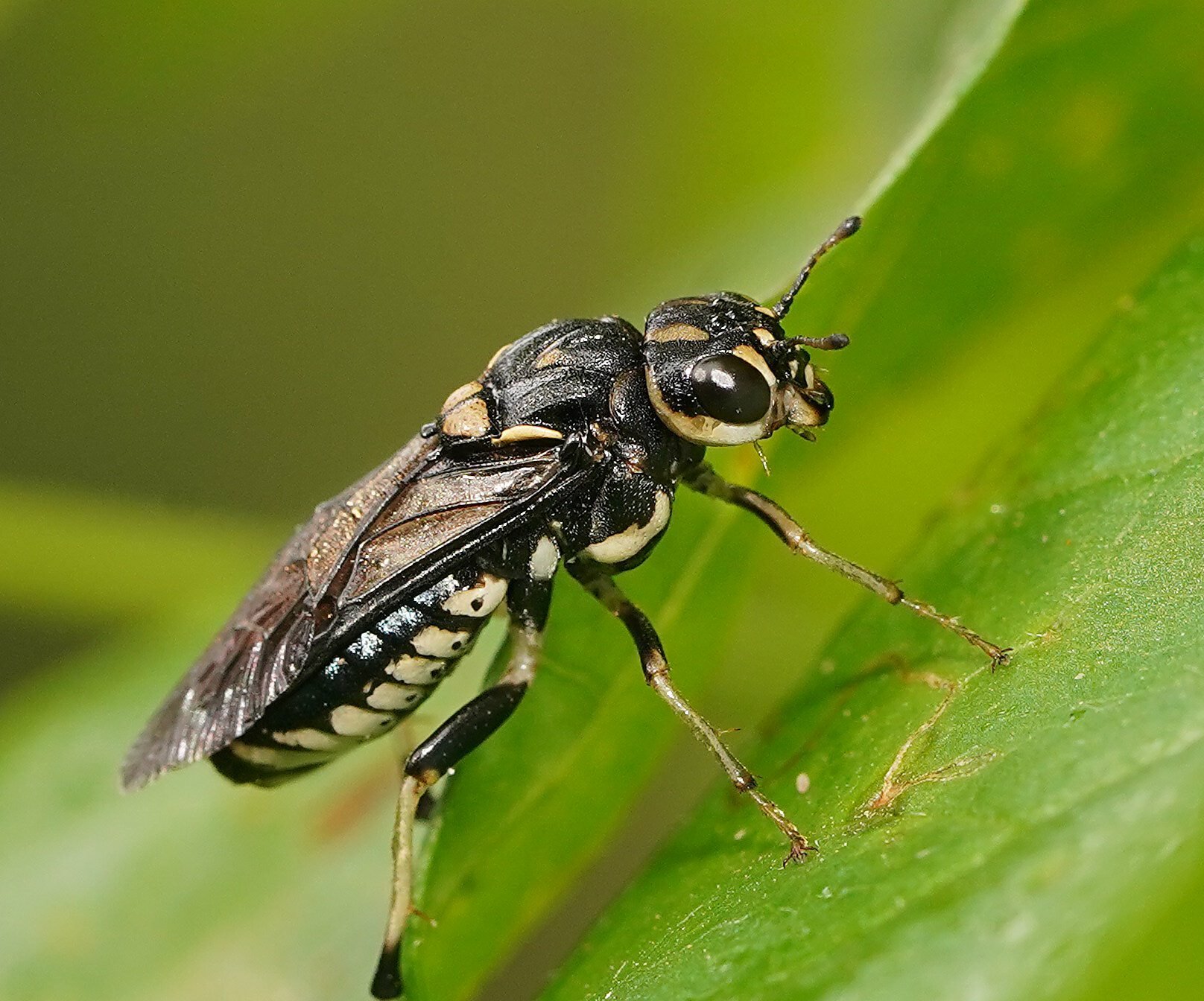Xyloperga (Perginae)

Image above courtesy of Reiner Richter (iNaturalist observation) CC BY
Workbook
Note: This is a “work in progress”. Changes may be made as I discover additional relevant information.
Identification of species in genus Xyloperga
The matrix below is designed to aid identification of species in the genus Xyloperga, which has the following diagnostic features:
antennae with 7 segments
antennae longer than distance between eyes
hind lobes of scutellum generally reach well beyond middle of hind margin
Two types of matrices are provided.
The full matrix was constructed using information in species descriptions and drawings in the taxonomic literature as well as photographs of type specimens (some of which are shown below). No reference was made to iNaturalist photographs when building that matrix.
The illustrated summary matrix, which is a modified version of the full matrix, does use information drawn from iNaturalist Research Grade observations of the species in question. Each photo in this matrix illustrates the typical appearance of that species and it could help you narrow down the search for the identity of your specimen. However, be aware that there is often considerable variability within a species. To arrive at a more secure ID, consult the table in this summary matrix.
To view iNaturalist Research Grade observations of a particular Xyloperga species, click on the name of that species in the list below. (Species without a link have no RG observations at this time).
Xyloperga amenaida Xyloperga aurulenta Xyloperga dentata Xyloperga forsiusi Xyloperga halidaii Xyloperga lalage Xyloperga leachii Xyloperga moscaryi Xyloperga perkinsi Xyloperga semipurpurata Xyloperga univittata
Xyloperga amenaida = Xyloperga rufomaculata
Xyloperga dentata
Xyloperga halidaii = Xyloperga jurinei
Click here to compare iNaturalist observations to a summary of the published descriptions of Xyloperga halidaii.
Xyloperga perkinsi
Xyloperga univittata
References:
Benson, R.B. 1935. New Australian sawflies (Hymenoptera, Symphyta). Memoirs of the Queensland Museum 10: 211-229.
Benson, R.B. 1939. A revision of the Australian sawflies of the genus Perga Leach, sens. lat. (Hymenoptera, Symphyta). The Australian Zoologist 9: 324-357
Kirby, W.F. 1882. List of Hymenoptera, with descriptions and figures of the typical specimens in the British Museum. Vol. I. Tenthredinidae and Siricidae. London: British Museum, xxviii
Konow, F.W. 1905. 1905d. Drei neue Syzygoniides aus Australien. (Hym.). Zeitschrift für systematische Hymenopterologie und Dipterologie 5: 166-169.
Morice, F.D. 1919. Notes on Australian sawflies, especially the “Authors' Types” and other specimens in the British Museum of Natural History and the Hope Collections of the Oxford University Museum; with diagnostic synopses of the genera and species, and photographs illustrating their structural characters. Transactions of the Entomological Society of London 66: 247-333, pls XI-XV.
Westwood, J.O. 1880. A monograph of the sawflies composing the Australian genus Perga of Leach. Proceedings of the Zoological Society of London 1880: 359-379
This is a workbook page … a part of our website where we record the observations and references used in making species identifications. The notes will not necessarily be complete. They are a record for our own use, but we are happy to share this information with others.
















